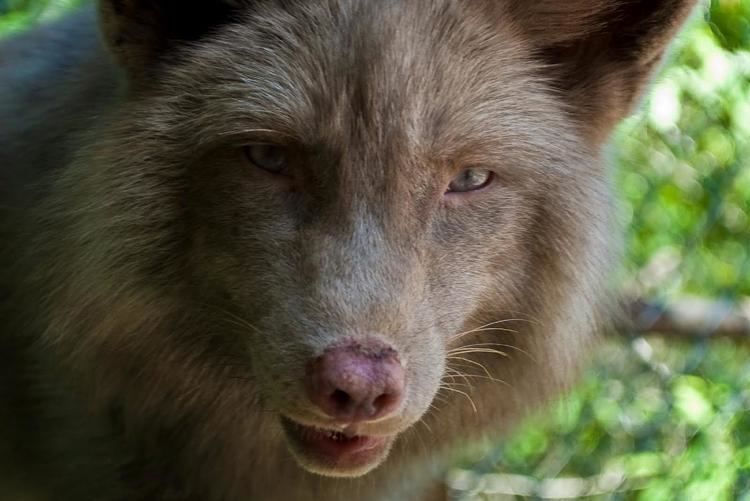Phylum Chordata Rank Species | Family Capromyidae Scientific name Geocapromys brownii Higher classification Geocapromys Order Rodent | |
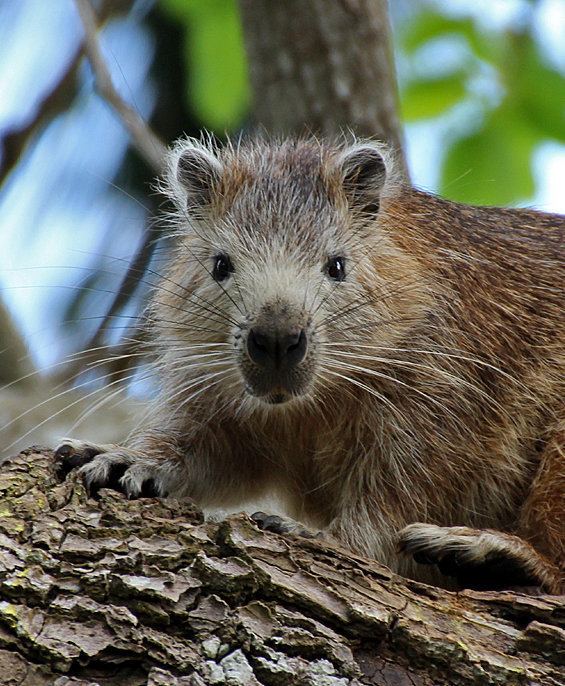 | ||
Similar Geocapromys, Bahamian hutia, Rodent, Mysateles, Capromys | ||
The Jamaican coney (Geocapromys brownii), also known as the Jamaican hutia, is a terrestrial land mammal found in the rocky, forested areas of Jamaica, and is endemic to the Island. It is in the order Rodentia and the family Capromyidae.
Contents

It is related to the hutias and more distantly to guinea pigs. It is the only extant native land mammal on Jamaica besides bats.

Description
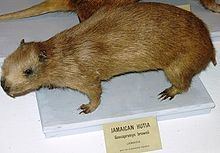
The Jamaican coney is generally about the size of a cottontail rabbit, and mature adults usually weigh between 1 and 2 kg. It is reddish brown in color and ranges in size from about 330 to 445 mm in length. It has the smallest tail of all the species in the genus (approximately 45mm). It has a large head (the largest in the genus), short legs, short tail, and short ears and neck, which gives it a somewhat squat appearance. It has large, robust incisors and hypsodont cheekteeth.
Distribution and Habitat
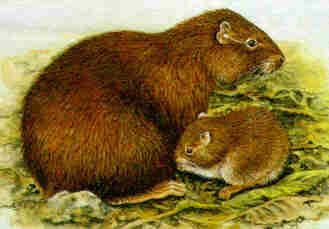
Geocapromys brownii only occurs in Jamaica, mainly in the more remote locations and mountainous regions. They have been found from as far east as the John Crow and Blue Mountains of Portland and the St. Thomas Parishes in the east of the island, to as far west as the Harris Savannah and the Brazilletto Mountains.
Ecology and Behaviour
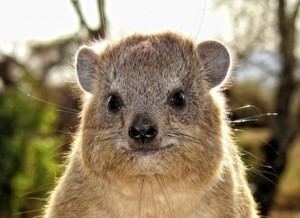
Jamaican hutias are almost exclusively nocturnal mammals. As night foragers, they feed on a large variety of food sources, including fruits, exposed roots, bark, and the foliage from many different plant species. They have only been seen rarely in their wild state, and this has often led to the belief that they are extremely rare. This is not true however, as evidence of their nightly activities is very abundant.

Observations of captive specimens note that Jamaican hutias do not build their own nests. They have strong social interactions between related individuals, which can include mutual grooming, play, and soft vocalizations when not in physical contact which each other. They have a semi-plantigrade stance, and are excellent climbers and jumpers, often using their front incisors for grip and leverage.
Reproduction
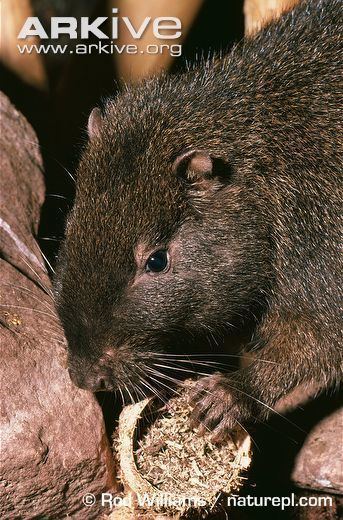
Little is known of how the Jamaican hutia reproduces in the wild, but observations from captive specimens show that the female reaches sexual maturity in about 365 days, while males tend to reach maturity at a somewhat older age. Females usually give birth and average of 2 litters per year, with about two offspring per litter. The average gestation period is 123 days. The young are born extremely precocial, and can walk at birth as well as eat adult foods within about 30 hrs of birth.
